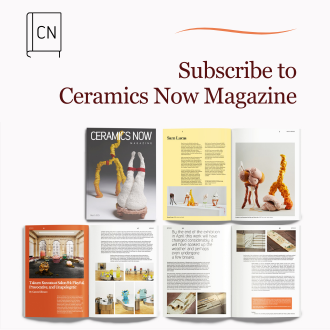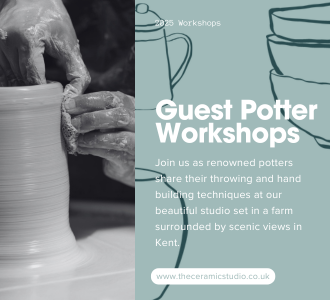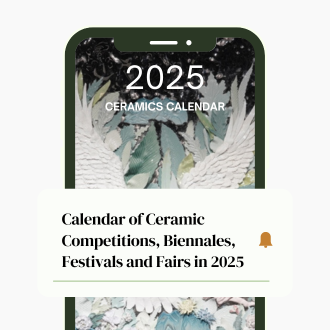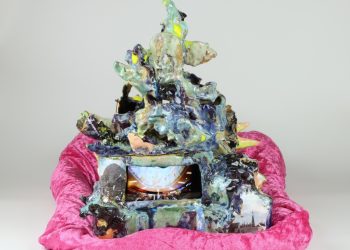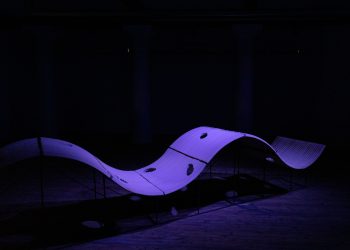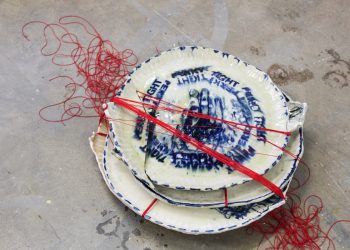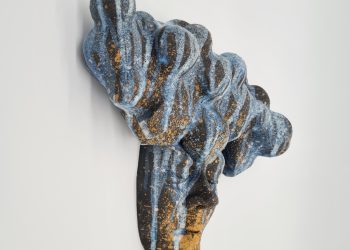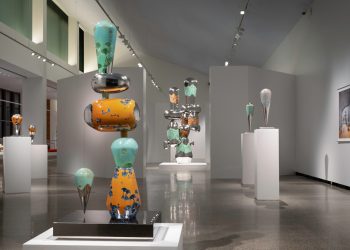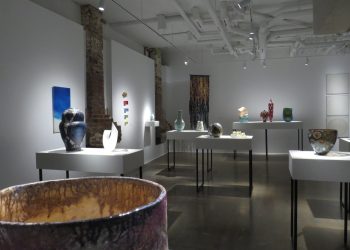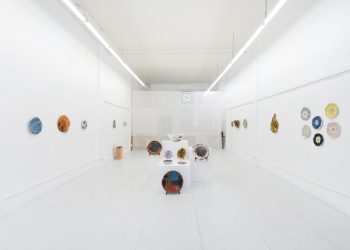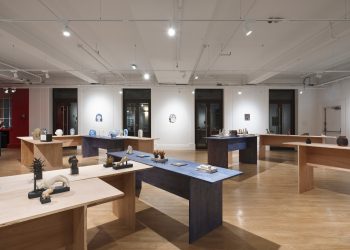Michał Puszczyński (b. 1976) is a Polish sculptor and ceramic artist who lives in Wrocław, where he works as a professor at the Academy of Art and Design. Puszczyński’s work is shaped by a fascination with natural processes—decay, erosion, and the passage of time. His work incorporates materials such as clay, concrete, and resin, which he subjects to processes mimicking natural degradation.
In 1999, he constructed the country’s first anagama kiln, introducing these wood-firing techniques to Poland. He has since developed a specialized program dedicated to these techniques at the ASP Outdoor Center in Luboradów, Poland. Throughout his career, Puszczyński has participated in numerous exhibitions and projects across Europe, the USA, and Asia and has received several awards and scholarships.
Puszczyński’s sculptures and installations are distinguished by their simple forms and references to archaic sculptural traditions, creating a dialogue between materiality and the forces of nature. By embracing processes of erosion and disintegration, his work invites reflection on the cycles of birth, growth, decay, and rebirth. Though best known for his large-scale ceramics, Puszczyński often integrates other media, such as painting, action painting, performance, site-specific installations, and video art.
He is a member of the International Academy of Ceramics (IAC) and was an advisor at the European Ceramic Work Centre (EKWC). His works are part of private collections in Poland and internationally, including Germany, France, the Netherlands, the United States, and South Korea. Beyond his studio practice, Puszczyński is also a trained practitioner of Aikido.
Visit Michał Puszczyński’s Instagram page.
Featured work
Out of Earth and Fire, 2019-2024
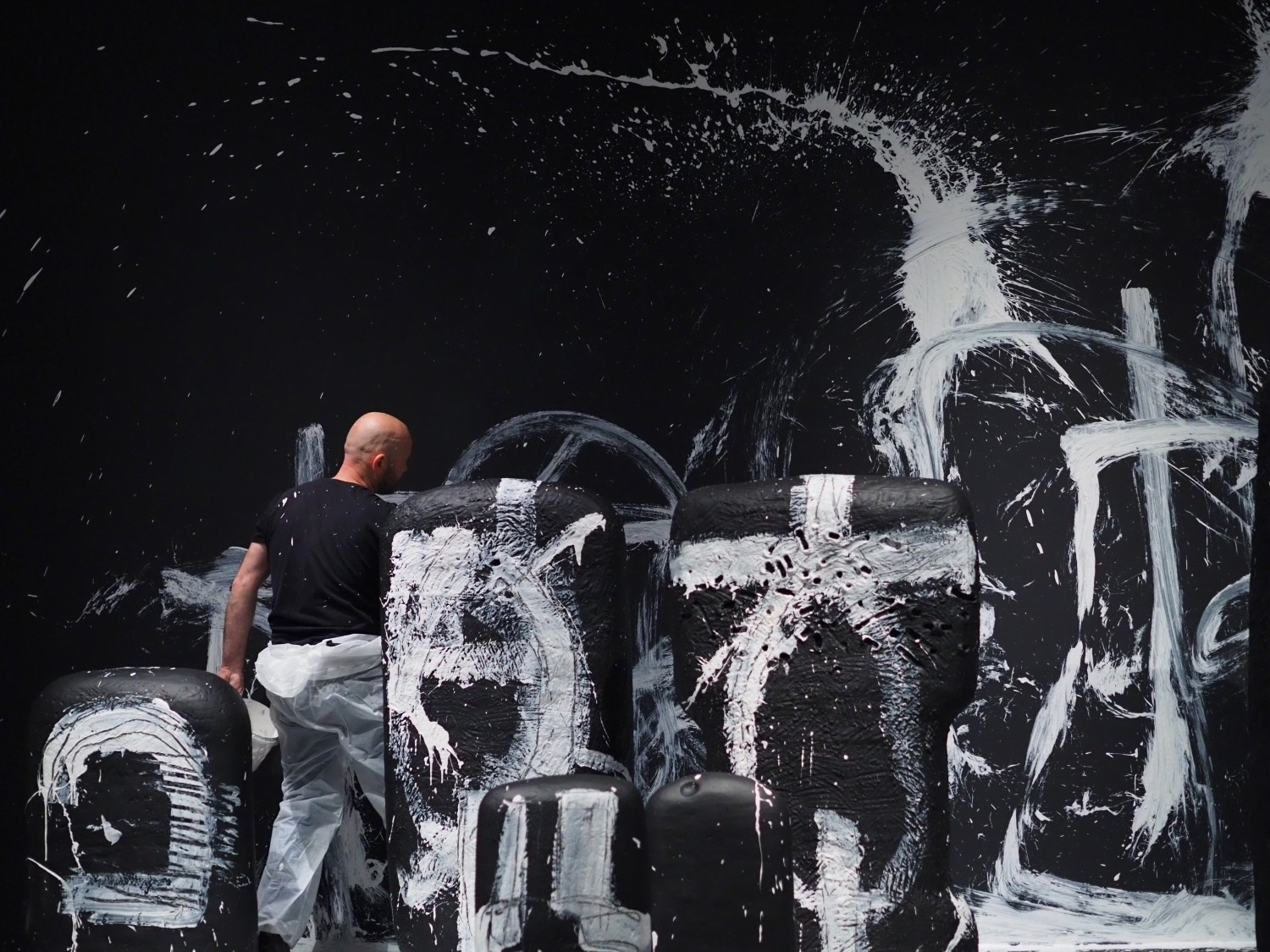
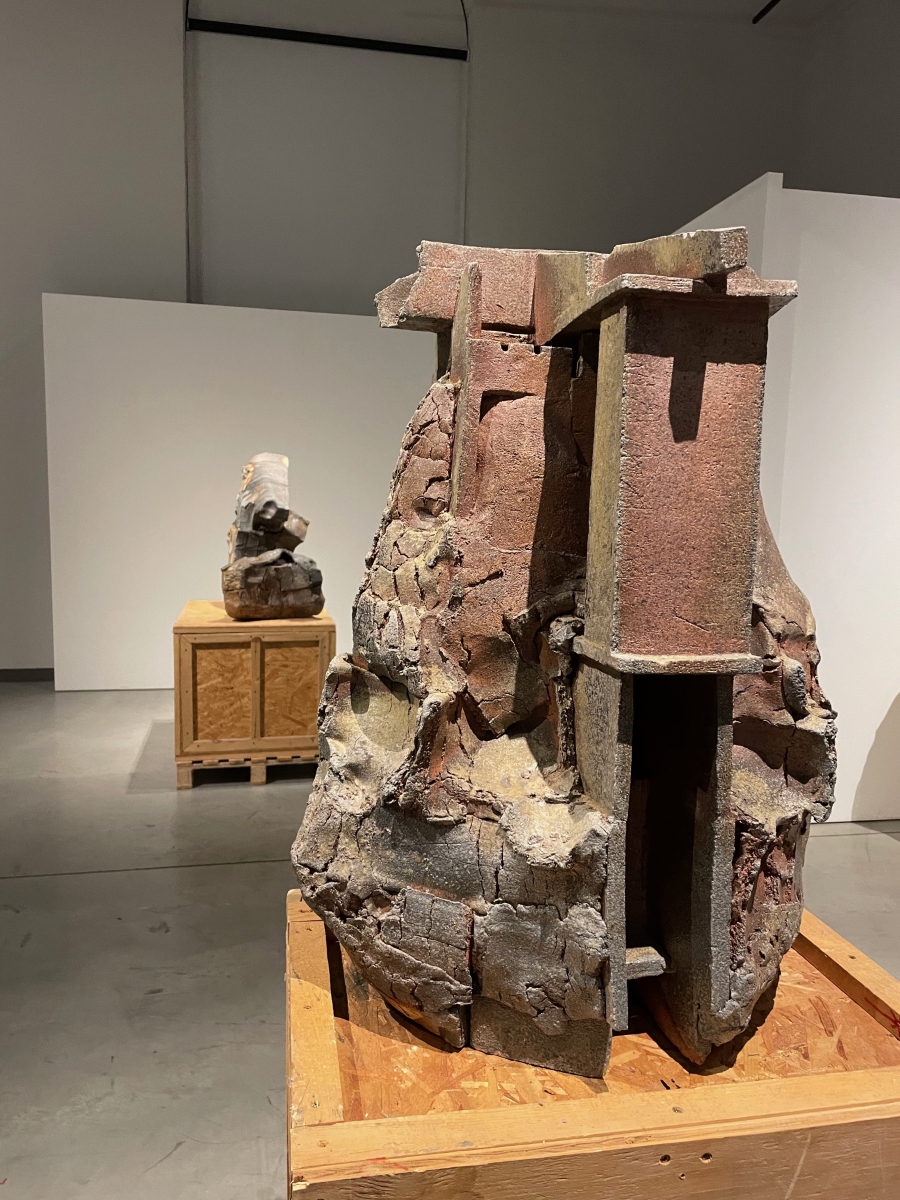
Dolok Stele, 2014-2019
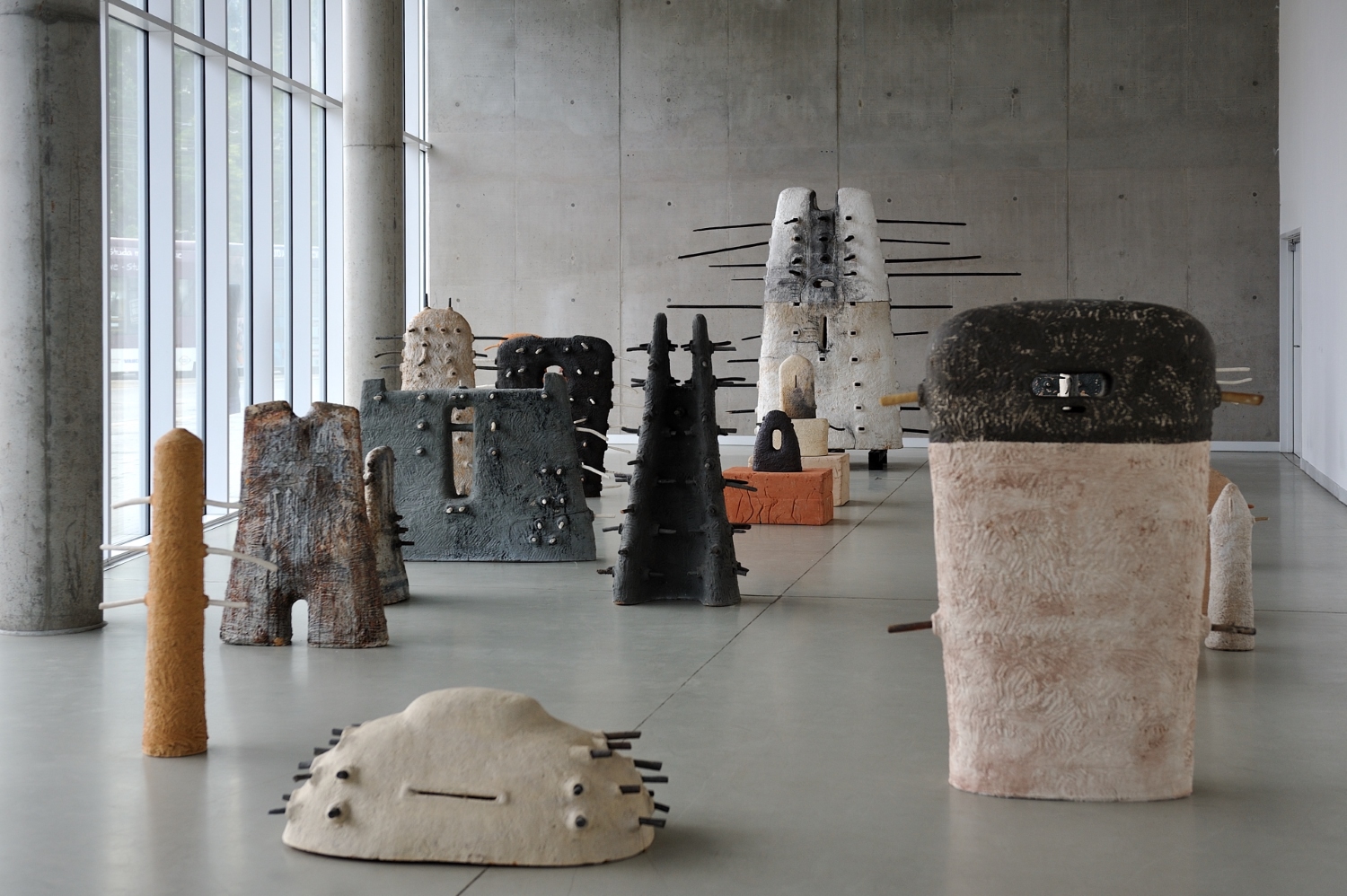
Erosion, 2009-2014

Clay is uniquely suited to convey the core idea of my work: that everything exists within a closed cycle, constantly changing, moving, growing, renewing, and decaying. Art, as a visual language, must be honest and authentic. Only then can what we create—something deeply personal and autonomous—become universal and resonate with viewers on multiple levels.
When I sculpt, I visualize the future piece as though shrouded in fog, gradually lifting to reveal its form. Sometimes, I have a clear vision of the shape and proportions; other times, I do not. I know the work is complete when the object aligns closely with what I was seeking. It’s difficult to explain, but taking even one step further feels like going too far.
In the creative process, there is also a moment when the conscious mind quiets, and the hands act independently of deliberate thought, evaluation, or conceptualization. This state of flow is where creation happens most naturally and authentically.
Similarly, while woodfiring, I avoid fully controlling the process, instead pushing it to the very limits of endurance for both the kiln and the sculptures. My best and most expressive works are born on the edge of the abyss, just one step away from complete melting and disintegration.


